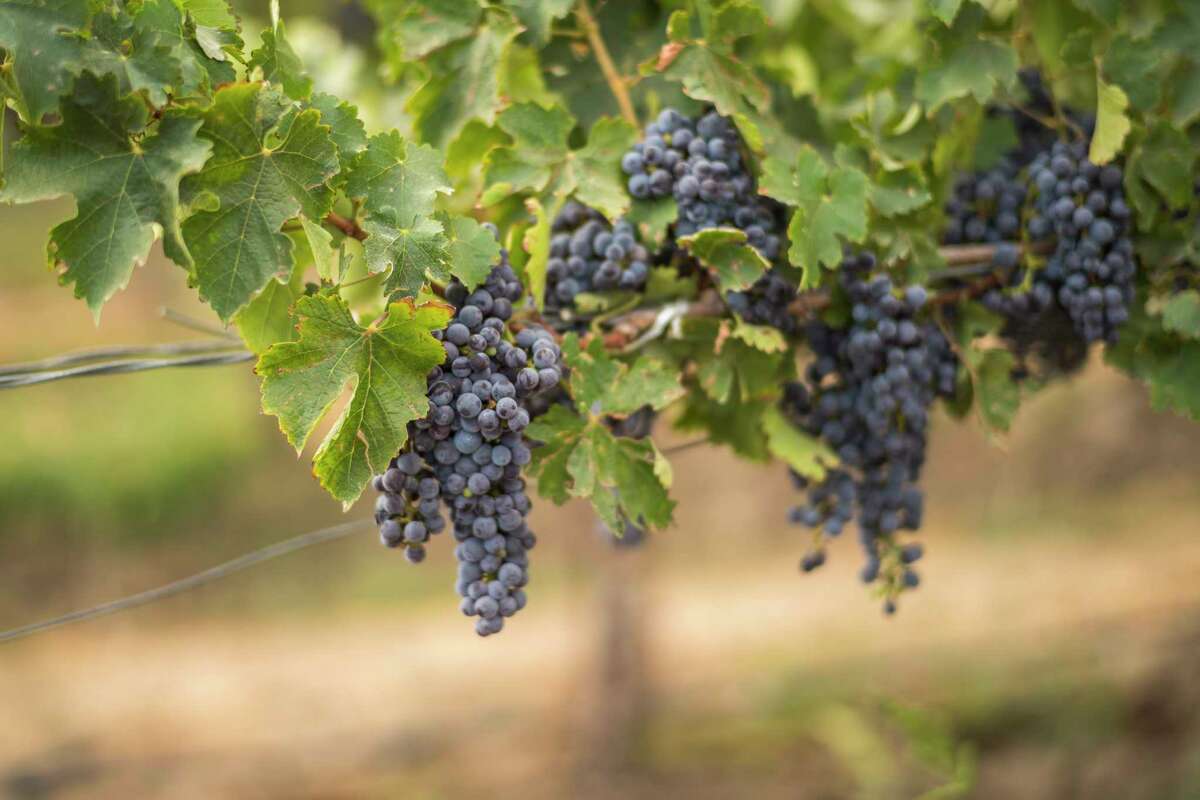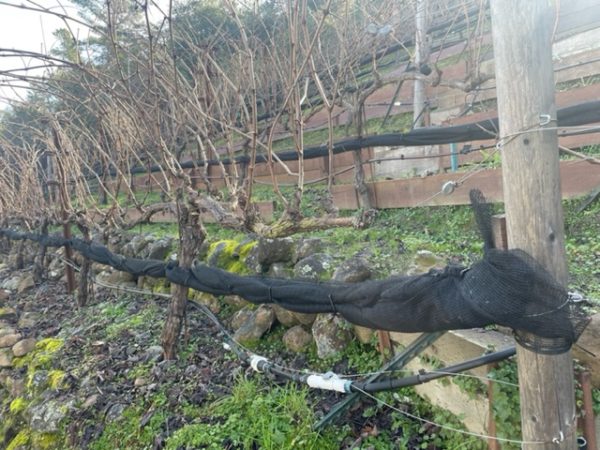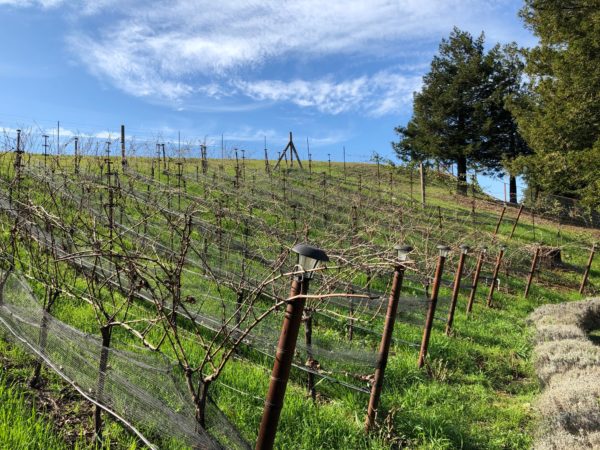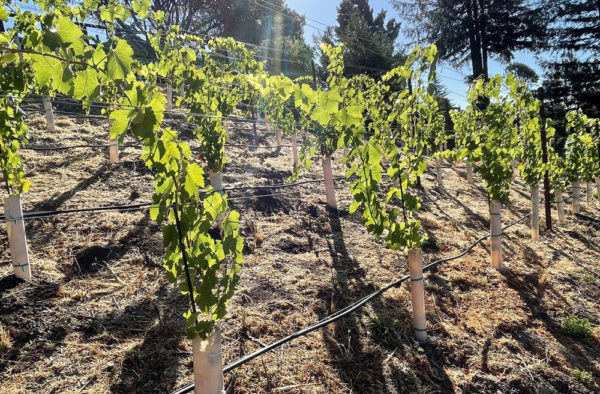Managing vineyards organically, without chemicals is better for the health of vines, the environment, and important pollinators, such as bees, butterflies and humming birds. I am also convinced that grape flavors are materially improved by eliminating the use of any weed killers and only using natural organic products to control powdery mildew, instead of chemical fungicides.
So my question for you all is does anyone use or know of a vineyard manager who uses organic or chemical free approaches? If so, please email at gerardvs1@gmail.com or call me at 707-758-7441.
Once we identify organic management options, we will share this information with all members, so everyone has the option at least to consider this.










